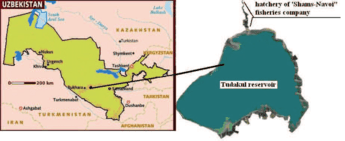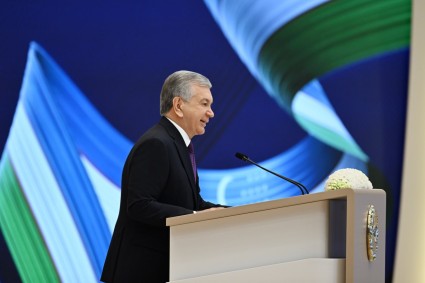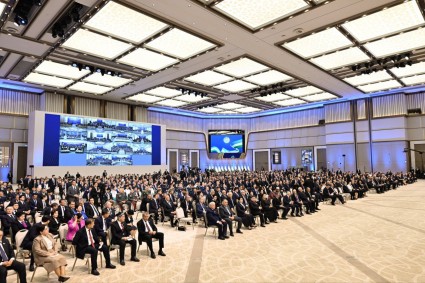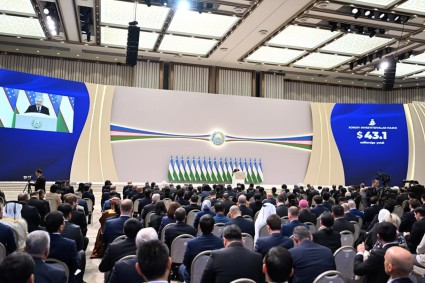Today kicked off the seminar of the mission of the International Atomic Energy Agency (IAEA) and the RosAtom working group in Tashkent.
“We are conducting surveys on the biological and technological features, as well as the impact on the environment. The final decision will be taken only after the relevant research is completed. 3-4 potential sites are being examined near Tudakul reservoir, which is locate on the border of Bukhara and Navoi provinces in order to choose the most convenient one. At the same time, the soil must be stable, not sandy. Sites have been selected in the eastern and western banks of the Tudakul,” said Sadykov Ilkhom, deputy director of the Institute of Nuclear Physics of the Academy of Sciences of Uzbekistan.
“The starting list included 70 potential sites, in Surkhandarya and the Fergana Valley. In March of this year, 10 sites were shortlisted, and in April we decided to choose Tudakul. We have prepared the relevant documents for the government and the President. This area is close to infrastructures and suits the seismological criteria. In general, we are now simultaneously studying the western and eastern banks of Tudakul,” he added.
Note: Tudakul is a natural reservoir (sometimes referred to as a lake) in the Kyzyltepa district of the Navoi province. The reservoir is located in a natural desert degradation (the height of the water edge is 223.5 m) east of Bukhara (26 km from the city). Nearby, to the south-west was built the Kuyimazar reservoir. From the south, the Pautau sands are approaching Tudakul. Tudakul collects the excess water of Zaravshan river and is fed by the waters of the Amudarya through the Amu-Bukhara canal (its end part). The reservoir was formed naturally in 1952, as a result of the breakthrough of the flood waters of the Zeravshan into the Tudakul basin. The reservoir was commissioned in 1968 and was reconstructed in 1977.











